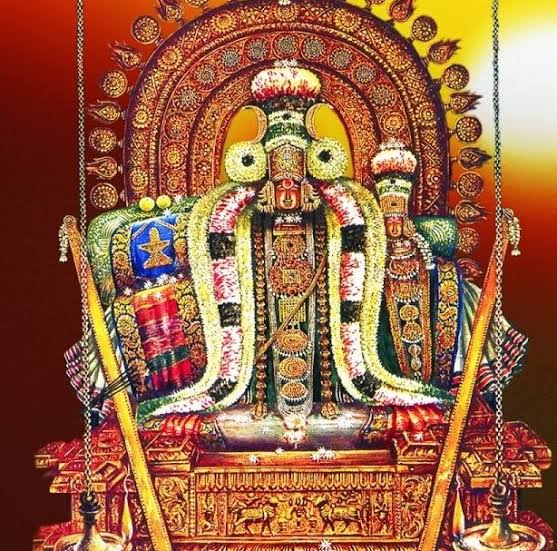In Thayarammal v Kanakammal[1], by way of writings on a stone inscription, the suit properties were dedicated for use by the public as a Dharmachatram (choultry) where travellers and pilgrims could take shelter and be provided with refreshments. The property was “dedicated to the general public as a resting place.”
No trustee was mentioned and the witness to the dedication was Lord Thyagaraja himself. The plaintiff claimed to be in occupation of a part of the dedicated property (Schedule A) and alleged that a portion of the Schedule B property was encroached upon by the defendants who were liable to be evicted.
The defendants contested the suit on the ground that they had acquired title to the portion of the property by way of a purchase made in a court sale conducted in the course of executing a compromise decree. The High Court concluded that the compromise decree was collusive and that the plaintiff also had no right as an assumed trustee.
Accordingly, the Administrator General under the Official Trustees Act 1913 was directed to take over the management of the Trust.
The principle question before Supreme Court was whether a trust or charitable endowment had been created.
The Court analysed the stone inscription and held that the suit property was dedicated for charitable purposes, and it could not be claimed by the plaintiff as a trustee or the defendant as an owner.
However, in the course of the judgment, Justice DM Dharmadhikari speaking for the Court held:
“16. A religious endowment does not create title in respect of the property dedicated in anybody‘s favour. A property dedicated for religious or charitable purpose for which the owner of the property or the donor has indicated no administrator or manager becomes res nullius which the learned author in the book (supra) explains as property belonging to nobody. Such a property dedicated for general public use is itself raised to the category of a juristic person.
Learned author at p. 35 of his commentary explains how such a property vests in the person itself as a juristic person….The idea is the same, namely, when property is dedicated for a particular purpose, the property itself upon which the purpose is impressed, is raised to the category of a juristic person so that the property which is dedicated would vest in the person so created.”
A close reading of the decision shows that the principle contention urged in the case was that the property described as a Dharmachatram is covered under Section 6(5) of the Tamil Nadu Hindu Religious and Charitable Endowments Act 1959 as a “charitable endowment”.
The Court held that the dedication of property for a Dharmachatram, is in the strict legal sense, neither a gift nor a trust. The Court held that the property which was dedicated for a charitable purpose could not be claimed by the plaintiff as a trustee or the defendant as owner.
With this finding, the Court was of the view that it was the Tamil Nadu Hindu and Charitable Endowments Act 1959 which governs the matter and accordingly the suit property shall be taken in control for administration, management and maintenance by the State Government and the Commissioner under the 1959 Act.
In assessing the position of the religious charitable institution, this Court made certain observations in para 16 upon which reliance has been placed. The Court proceeded on the premise that the suit property had been dedicated for specific purpose and could not be owned by the defendant. This was to ensure the protection of the purpose with which the suit property was dedicated.
Significantly, the deed of dedication did not identify a manager for the endowed property and the court sought to protect the property by conferring legal personality on the intention behind the endowment. Though the Court assessed the position of law on the basis of the theoretical framework analysed above, the observations extracted above seem to suggest that property itself was elevated to the status of a juristic person.
On an overall reading of the case as well as the theoretical exposition which has been adverted to, the observations made have to be read in the light of protecting the purpose behind the endowment and not to suggest that the property itself was conferred legal personality.
[1] (2005) 1 SCC 457
